
views
Another year, same time and Delhi is back to square one – a gas chamber.
A few months ago, claiming credit for a limited gain on reducing pollution became a slugfest between political parties. The annual air quality data by the Central Pollution Control Board (CPCB) had shown that the three-year average of PM 2.5 levels (particulate matter of less than 2.5 micrometres) during 2016-2018 was 25 per cent lower than the 2011-2014 baseline.
The caution raised immediately by the Centre for Science and Environment (CSE) on the “daunting challenge” of 65 per cent reduction from the current baseline to meet the clean air standards for PM 2.5 was conveniently ignored.
Despite Supreme Court’s order on banning conventional firecrackers — only allowing the use of new ‘green crackers’ — and declaring an evening two-hour limit for bursting during Diwali, there was a 10-fold increase in PM 2.5 concentration between 5 pm and 1 am, according to CSE.
The uncontrollable climatic factors such as less wind and colder nights, coupled with stubble burning in the neighbouring states of Punjab and Haryana in the last few days, has made it worse.
The central government’s subsidy to farmers to purchase machinery to convert waste agricultural matter like straw into fertiliser, instead of burning it, has seen little traction. The farmers lament that despite the subsidies, the machinery is very expensive, forcing them to burn crop residue to clear the field for the next crop.
Public Health Emergency
Delhi government has declared a public health emergency and banned all construction activity until November 5.
According to the 2019 State of Global Air (SoGA) report, outdoor and indoor air pollution killed more than 1.2 million people in India in 2017, around 10 per cent increase from 1.1 million deaths in two years.
A new analysis of the Air Quality Life Index (AQLI), produced by the Energy Policy Institute at the University of Chicago (EPIC), shows the average citizen living in the Indo-Gangetic Plain (IGP) region of India can expect to lose about 7 years of life expectancy because air quality fails to meet the World Health Organization’s (WHO) guideline for fine particulate pollution.
“While air pollution is a challenge throughout much of India, the high levels of particulate pollution in the IGP region of north India, which includes Bihar, Chandigarh, Delhi, Haryana, Punjab, Uttar Pradesh and West Bengal, stand out,” it adds.
Last year, the Indian Council of Medical Research (ICMR), under the Ministry of Health and Family Welfare, concluded that one in every eight deaths in India is caused by air pollution. While India has 18 per cent of the global population, it suffered 26 per cent of premature mortality and health loss attributable to air pollution globally, it revealed. Poor people, who spend more time outdoors for work and cannot afford air purifiers, suffer the most.
Politics Over Pollution
Pollution is very likely to become a political issue in the upcoming Delhi assembly elections. The BJP, sitting in the opposition, has downplayed the Aam Aadmi Party’s (AAP) odd-even scheme — one of the emergency measures to allow use of odd and even numbered vehicles on alternate days — between November 4 and 15. It also alleged that the AAP’s initiative of distributing 5 million face masks is an indicator of its “failure” to curb pollution.
In a welcome move, Congress MP Gaurav Gogoi declared that he will introduce a private member's bill during the winter session of Parliament, proposing amendments to the Air Act, 1981. The amendment would ensure top priority to the impact of air pollution on health and “give teeth” to the Central Pollution Control Board (CPCB) to act against polluters.
It is fair to mention that in the last few years, both Delhi government as well as the Centre took multi-sector actions to arrest toxic levels of pollution. These include cleaning up the vehicle fleet and fuels, tightening of industrial pollution control and phasing out of dirty industrial fuels of pet coke, furnace oil and coal.
Recent measures such as shutting down coal power plants, actions on brick kilns, and dust control at construction sites, along with limited efforts to control pollution from waste, led to reduction in air pollution.
These steps, however, should only be seen as beginning of a long journey to ensure people’s right to clean air. The governments cannot afford to get complacent and claim victories over short term gains.
It requires rapid transition to clean and renewable energy across various sectors such as electricity, transport and waste management. A clean and convenient public transport system must work for all strata of the society, discouraging use of private transport. The governments must encourage and help farmers in the neighbouring states to move away from water and energy intensive paddy cultivation that ends up in the environmentally dangerous practice of stubble burning.
Awareness around grave impact of pollution and environmental destruction has awakened young people in India as around the world, who are challenging governments’ poor track record. Not long ago, citizens in Delhi and Mumbai came out of their comfort zones to fiercely fight against felling of trees in the name of development. While they met with little success, their campaigns exposed double standards of various governments and energised young people to fight harder.
In the global north, agitating young people forced many governments to work across political lines and declare “climate emergency” to dramatically reduce heat-trapping greenhouse gases and deal with impacts of increasing weather disasters and rising seas. It is a small yet significant victory after years of dilly-dallying and failure by the governments to act.
The growing importance of dealing with global warming in the US forced 2020 Democratic presidential contenders to make tacking climate change a priority in their campaigning. It was unimaginable just a few months ago in the country led by a climate-denier president.
There is a leaf to be drawn from the experience of global climate movement on how people power is vital to bring about the political change. Young people are sick of political rhetoric and empty words. They want real action. Now.
I hope, this time political parties in Delhi and other parts of India go beyond petty politics and demonstrate genuine commitment in dealing with the killer pollution and protecting environment for future generations.
(Harjeet Singh is the Global Lead on Climate Change for ActionAid, based in New Delhi. He tweets under @harjeet11. Views are personal.)










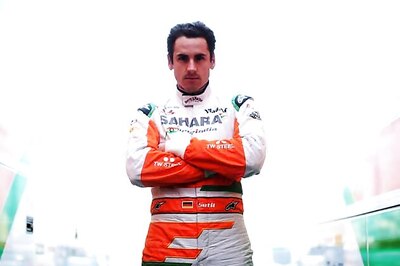
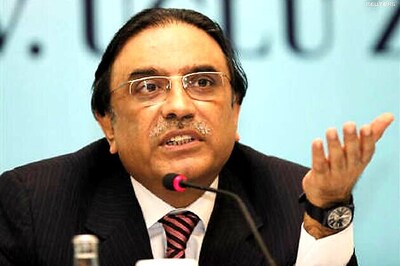


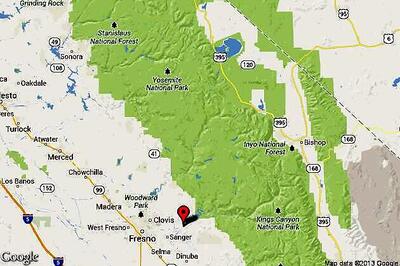

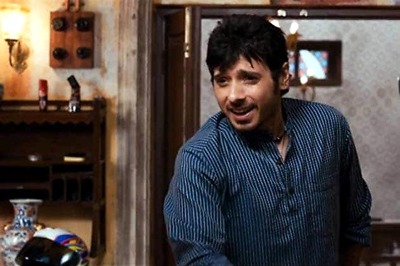
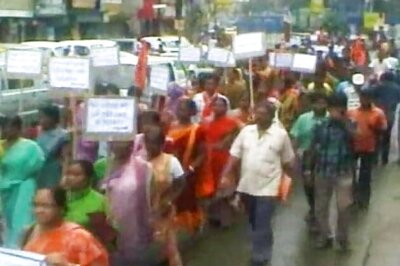
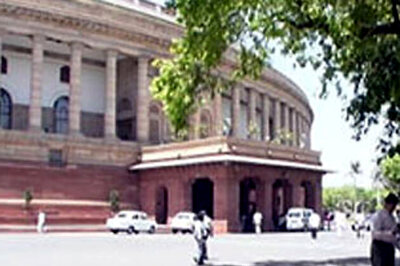
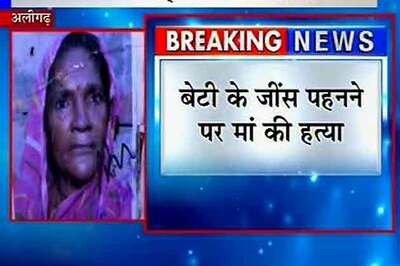
Comments
0 comment